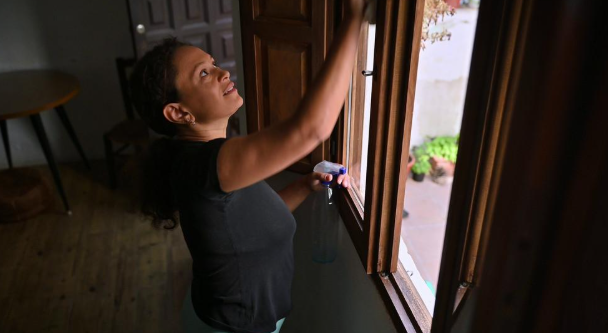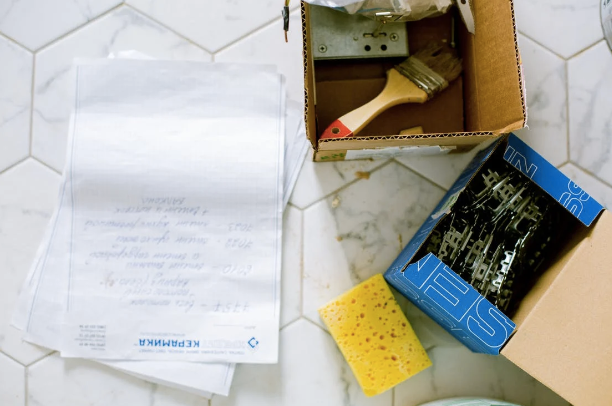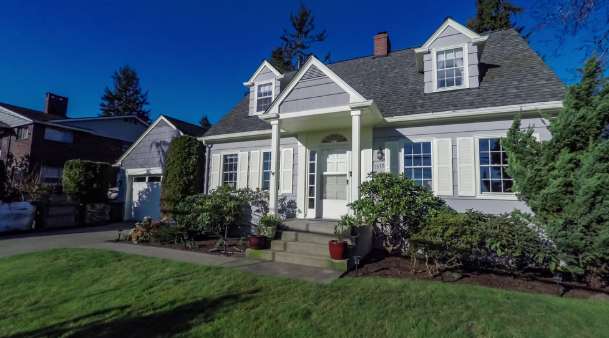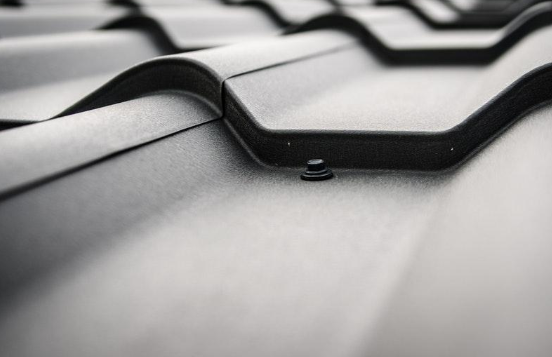Owning a home comes with a variety of responsibilities, from regular maintenance to potential relocation. Each homeowner’s journey is unique, shaped by their personal experiences, lifestyle changes, and unexpected challenges. In this article, we will delve into the intricacies of the home inspection process, tackle the issue of hidden hazards like mold, and discuss the logistics of moving. By shedding light on these aspects, we aim to equip homeowners with the knowledge they need for successful homeownership and smooth transitions.
Home Inspections: A Critical Step
When embarking on homeownership, one critical step is the home inspection. While many focus on the aesthetics and location of a property, its underlying condition is paramount. According to homeinspector.org, a single-family home inspection typically takes 2–4 hours, an investment of time that potentially saves future heartache.
During this process, inspectors assess multiple components of the home, including the roof, foundation, HVAC system, plumbing, electrical systems, and more. Their expertise lies in identifying subtle or developing issues that the average homebuyer might overlook. This scrutiny helps ensure that the space is not only visually appealing but also structurally sound and safe for occupancy.
For homeowners, understanding inspection reports is crucial in making well-informed decisions. These detailed documents provide insights into both minor fixes and major repairs, enabling buyers to negotiate for repairs or adjust their offers accordingly. Knowing what to expect in terms of repair costs can make a significant difference in planning and budgeting. Additionally, current homeowners can use inspections as a diagnostic tool before listing their property for sale, helping to increase home value and avoid deal-breaking surprises during closing.
Tackling Mold: A Hidden Hazard
Mold can be an insidious problem within homes, often going unnoticed until it poses a significant issue. Homeowners need to remain vigilant against this unwelcome guest. RubyHome estimates that around 47% of U.S. residences show signs indicating the presence of mold, making it a widespread concern.
Mold thrives in damp, humid environments, making areas such as basements, bathrooms, attics, and kitchens particularly vulnerable. Leaky pipes, poor insulation, and insufficient ventilation all contribute to its growth. Left unaddressed, mold can cause costly damage to walls, ceilings, and flooring. Worse still, mold exposure can trigger allergies, asthma, and other respiratory issues, particularly in children, seniors, or individuals with compromised immune systems.
To combat mold, homeowners should adopt preventative strategies. These include installing proper ventilation systems in high-humidity areas, using dehumidifiers, fixing leaks promptly, and regularly inspecting for signs of water damage. When in doubt, hiring a professional mold remediation specialist can help detect and treat infestations early. With a proactive mindset, homeowners can protect both their property’s integrity and their family’s health.
The Moving Process: Managing the Load
Relocating to a new home is both an exciting and daunting endeavor. Beyond the emotional journey lies the physical challenge of transporting belongings. According to The Stay Sane Mom, the average home contains 6,500 pounds of materials to move—a substantial undertaking by any measure.
To make the process more manageable, homeowners should begin with a clear plan. Creating a moving checklist, setting a timeline, and budgeting for expenses can reduce stress and keep tasks on track. Decluttering is a key step; sorting items into categories like “keep,” “donate,” and “discard” prevents unnecessary packing and saves time. Packing room by room, labeling boxes clearly, and using high-quality supplies can also streamline the process.
From the nuances of home inspections to the challenges of mold and moving, each aspect plays a pivotal role in the homeownership experience. A proactive approach to maintenance and planning not only protects your investment but also enhances your quality of life. By staying informed and prepared, homeowners can confidently handle the inevitable ups and downs of property ownership.









